The Collective Leadership Compass is both a diagnosis tool and a planning methodology. It focuses on invigorating human interaction systems as core drivers of transformation processes and helps to assess, plan and enact the collaborative change required for sustainability. It supports individuals, teams, and organizations to strengthen leadership competencies and builds vibrant and robust “collaboration systems” that aim at transforming our world to sustainability.
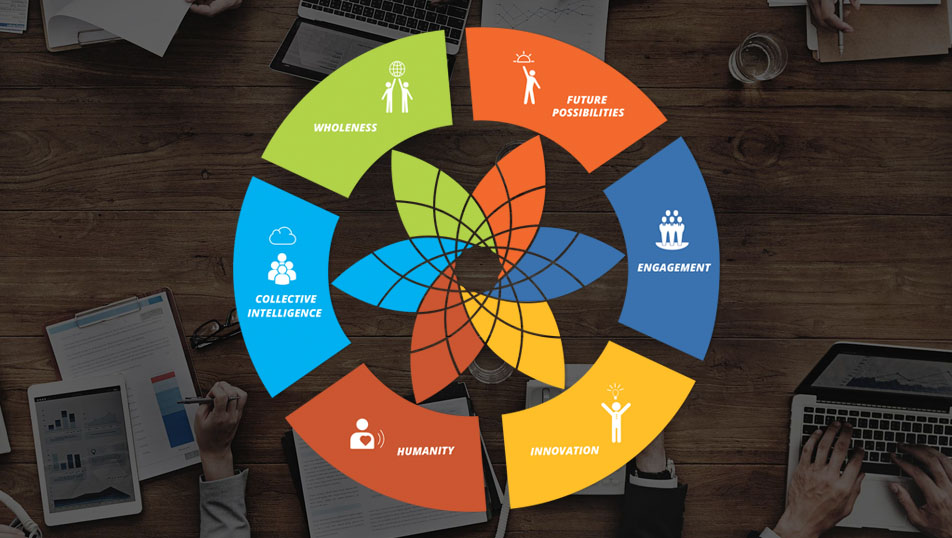


“Reading books can change our lives. Petra Kuenkel’s ground-breaking publications takes you onto a collaboration journey that will convince you that it is possible to shape our future collectively.”
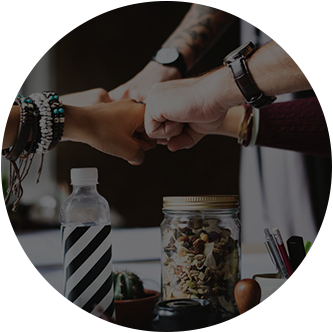
Complex change for sustainability transformation needs to be navigated in an iterative way.
Firstly, you use the compass to observe what is already there, secondly, you use it to focus and create achievable goals, and, thirdly, you use it to plan and to enact your goals and evaluate their progress. These steps create a repeating cycle. They apply to all levels – collaborative change-maker, collaboration systems, and transformation network.
Navigating co-creative change with the Compass
The purpose of the Collective Leadership Compass is not theoretical, but practical. It guides thought and action toward patterns of successful human interaction. Take a deep dive into the six dimensions of leading collectively.
The dimension of future possibilities refers to the human competency to take responsibility and consciously shape reality towards a sustainable future by inspiring and empowering others, staying open-minded, observing trends, developments, and new knowledge, going beyond problem diagnose, sensing and enacting future possibilities, following through and taking a stand for sustainability.
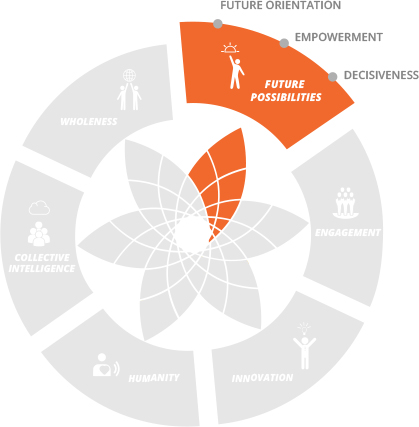
Future Orientation
Focus on potential or opportunities and drive change for the better Read more
What is the impact we want to achieve?
Empowerment
Inspire, capacitate and awaken passion and options for change Read more
What inspires us and how do we inspire others?
Decisiveness
Commit, focus, follow-through, and measure progress Read more
What do we focus on and how do we follow-though?
The dimension of engagement refers to the human competency to create step-by-step engagement towards building effective and meaningful collaboration systems, that create trust and cohesion, invigorating network connections, fostering collective action that lead to tangible outcomes and enhanced collective impact.
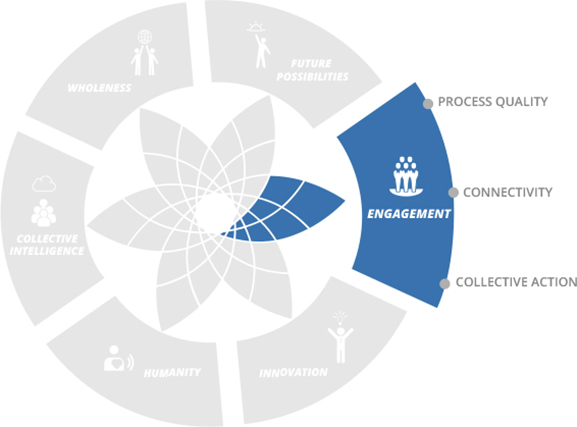
Process Quality
Build step-by-step and structured engagement Read more
How do we build resonance for change?
Connectivity
Foster cohesion and build networks Read more
How do we grow and leverage networks?
Collective Action
Drive joint implementation and delivery of resultsRead more
How do we engender joint responsibility and a sense of ownership?
The dimension of innovation refers to the human competency to create novelty and find intelligent solutions. Innovation needs to take our shared humanity into account. Innovation means venturing into the unknown, driving excellence, fostering creativity, acknowledging diverse expertise, building a climate of trust-based co-creation and developing the potential to spot innovative solutions to sustainability challenges.
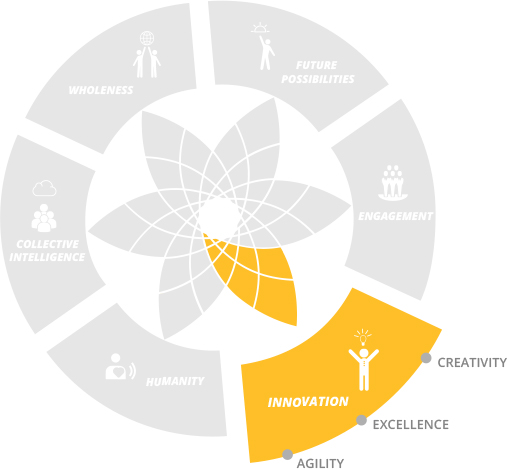
Creativity
Nourish sources of creative energy and collective generation of ideas Read more
How do we nourish creativity?
Excellence
Pursue mastery and grow knowledge Read more
In what way do we strive for mastery?
Agility
Move through crises, stay open to change, and cultivate risk-taking Read more
How do we deal with the unknown and turn crises into opportunities?
The dimension of humanity refers to the ability of each person to connect to their unique human competencies in order to reach out to each other’s shared humanity by acknowledging diversity in the world and in humanity, accessing our humanity in ourselves and in others, creating an atmosphere of mutual respect, cultivating reflection and attending to inner balance.
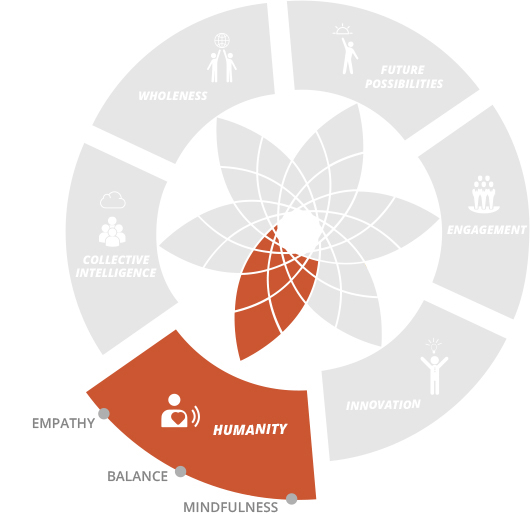
Empathy
Embrace the perspective of others and open gateways for reconciliation Read more
How do we ritualize observation and reflection?
Balance
Integrate personal and professional aspirations Read more
How do we get our generative energies into adequate balance?
Mindfulness
Deepen your awareness of reality in all aspects Read more
How do we develop empathy for others and ourselves?
The dimension of collective intelligence refers to the human competency to harvest differences for progress by respecting difference, inviting diverse perspectives, experiences, and viewpoints for better solutions, fostering structured dialogue, valuing contributions and ensuring iterative learning.
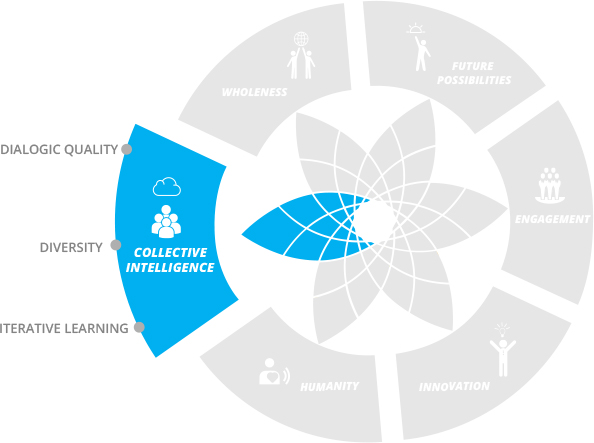
Dialogic Quality
Attend to the structure and quality of conversations Read more
How do we cultivate listing skills and structure dialogic exchange?
Diversity
Foster diversity in thought, viewpoints, background, and experiences Read more
How do we acknowledge and leverage different perspectives?
Iterative Learning
Develop cycles of reflection into action Read more
How do we ensure a continuous learning process?
The dimension of wholeness refers to the competency to see a larger picture and stay connected to the common good by opening up to seeing the bigger picture of a situation, acting in favor of the common good, continuously improving our contribution to sustainability and creating networks of mutual support.
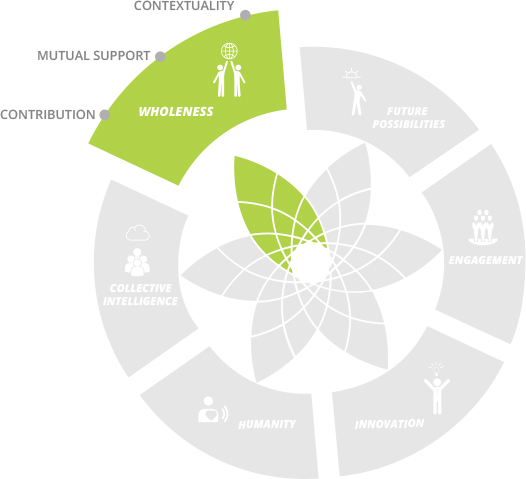
Contextuality
Explore the larger context and place your actions in it Read more
How do we pay attention to the larger context?
Mutual support
Enhance one another’s strengths Read more
How do we support and let us be supported?
Contribution
Use your gifts, assets and capabilities to make a difference for a sustainable future Read more
What is our contribution to a livable future?
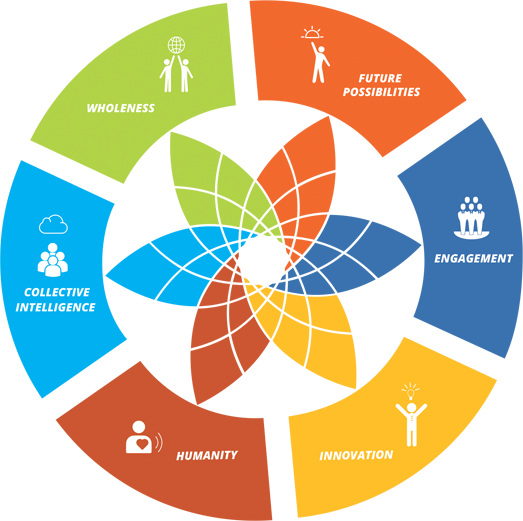
Get your e-guide to applying the Collective Leadership Compass
DOWNLOAD
“Reading books can change our lives. Petra Kuenkel’s ground-breaking publications takes you onto a collaboration journey that will convince you that it is possible to shape our future collectively.”
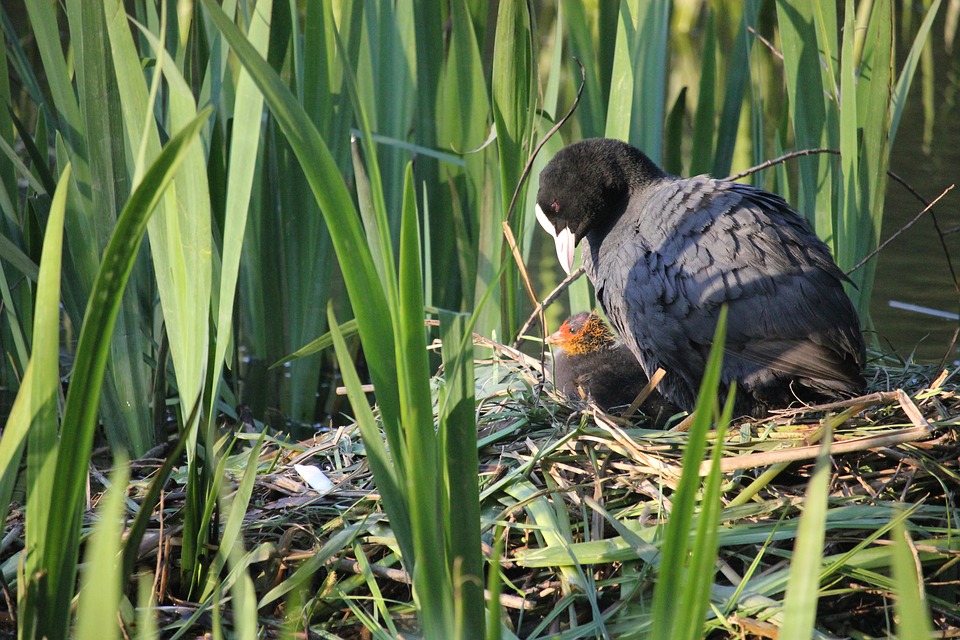
Peter is the Executive Director of DiversAct, an international NGO in Europe. The mission of the organization is to put biodiversity and natural resource management high on the public agenda.
Read More
Andrea is the sustainability manager of a European energy supply company that intends to enter into the renewable energy field, but still runs coal and a few nuclear energy plants.
Read More
Celine is a water engineer and the chair of the inter-ministerial coordination committee for the implementation of the drinking water policy in an African Country.
Read More
Nadeem is leading a complex strategic sustainability initiative between NGOs, development cooperation, the public sector and the private sector.
Read More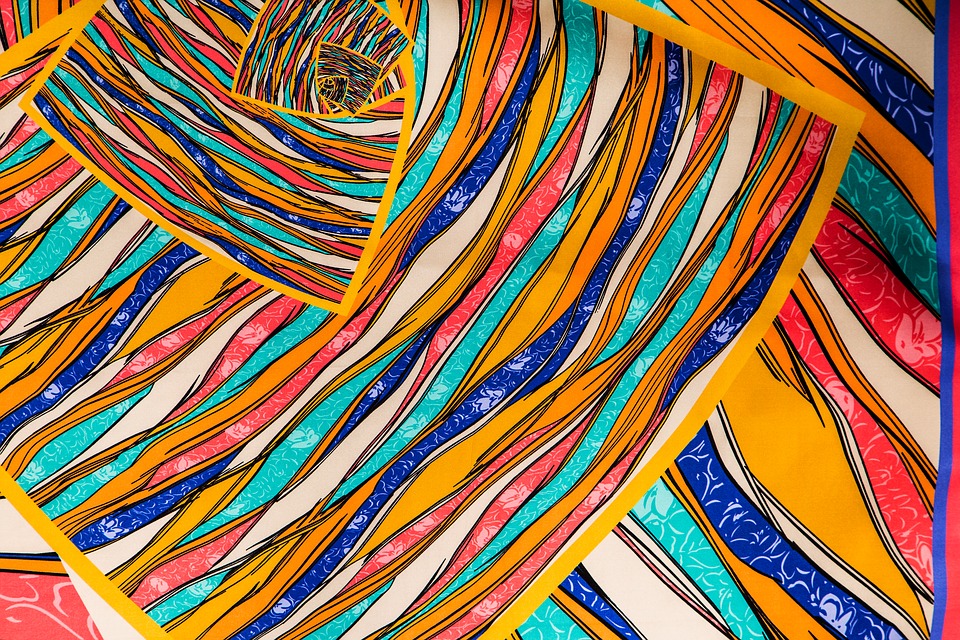
Mike is the CEO of medium-size textile company. When he joined the company, sustainability issues were still seen as belonging to the communication department.
Read More